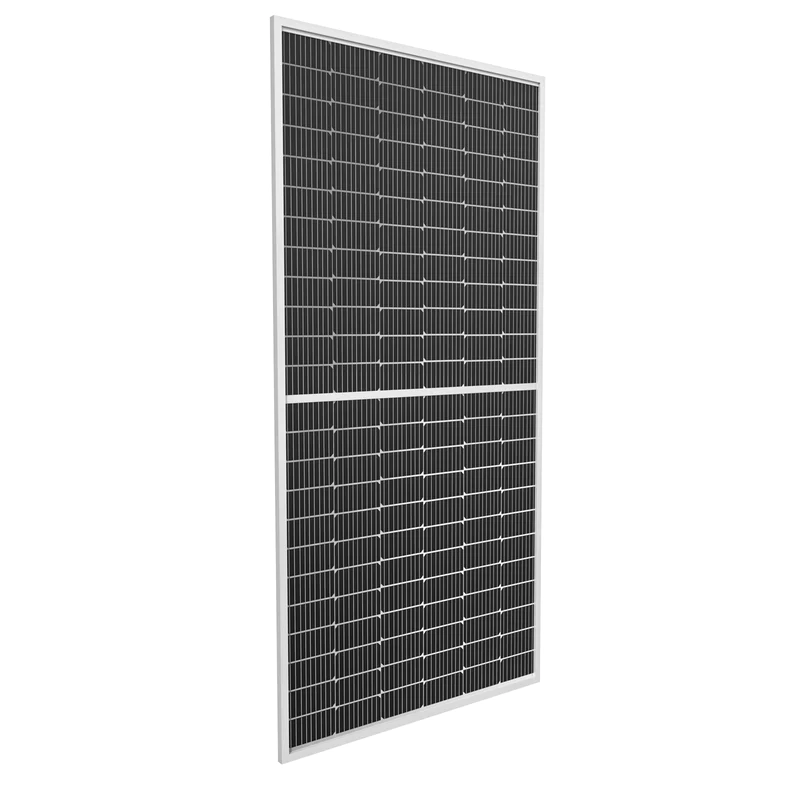
As the world embraces renewable energy solutions, solar panels have emerged as a popular and practical choice for harnessing the power of the sun. However, with various types of solar panels available, choosing the right one for your specific needs can be overwhelming. In this guide, we will explore the different types of solar panels, highlighting their unique features, efficiency, and suitability, to help you make an informed decision for your solar energy journey.
1. Monocrystalline Solar Panels: Efficiency and Elegance
Among the diverse array of solar panels, monocrystalline solar panels stand out for their impressive energy efficiency. These panels are made from a single crystal structure, ensuring a uniform flow of electrons, which translates to higher energy conversion rates. If you're looking to maximize energy production in limited space, monocrystalline panels are the perfect choice, thanks to their sleek design and space-saving attributes.
Moreover, monocrystalline solar panels are a visually appealing addition to your property. Their uniform black appearance blends seamlessly with rooftops, making them a popular choice for residential installations. While they may come with a slightly higher price tag, the long-term energy savings and aesthetic benefits make them a worthwhile investment for many solar enthusiasts.
2. Polycrystalline Solar Panels: Budget-Friendly and Weather-Resilient
Polycrystalline solar panels offer an excellent balance between efficiency and cost-effectiveness. Unlike monocrystalline panels, these are made from multiple silicon crystals, resulting in a slightly lower energy conversion rate. However, polycrystalline panels shine when it comes to affordability, making them an attractive option for budget-conscious customers.
Additionally, polycrystalline solar panels perform well in diverse weather conditions, making them a reliable choice for regions with fluctuating weather patterns. If you have ample rooftop space and are looking for a cost-effective solar solution, polycrystalline panels are a practical and popular choice.
3. Thin-Film Solar Panels: Flexibility and Versatility
Thin-film solar panels are the innovation leaders in the solar industry. These panels are incredibly lightweight and flexible, opening up exciting possibilities for unconventional solar applications. Due to their thin nature, they can be integrated into curved surfaces or even incorporated into building materials, like windows and facades.
While thin-film solar panels have a lower energy conversion rate compared to crystalline panels, they excel in generating electricity under low-light conditions. This unique feature makes them ideal for regions with frequent cloud cover or shading issues. Additionally, their affordability and adaptability have found favor in large-scale commercial and utility projects.
4. Bifacial Solar Panels: Harnessing Reflected Sunlight
Bifacial solar panels are the trendsetters in solar technology, designed to capture sunlight from both the front and rear sides. This innovative approach allows these panels to generate electricity not only from direct sunlight but also from reflected sunlight bouncing off nearby surfaces.
The ability to harvest reflected sunlight gives bifacial solar panels a distinct advantage in terms of increased energy production. These panels are especially useful in locations with bright surroundings, such as snow-covered areas or regions with highly reflective surfaces. When installed in ground-mounted or rooftop arrays, bifacial solar panels offer an excellent opportunity to optimize energy generation and overall system efficiency.
5. Monocrystalline PERC Solar Panels: Enhanced Efficiency for High Temperatures
Monocrystalline PERC (Passivated Emitter and Rear Cell) solar panels take the efficiency of monocrystalline panels to the next level. The passivation process reduces electron recombination, resulting in higher power output and improved performance, particularly in hot climates.
For customers residing in sun-drenched regions, monocrystalline PERC panels are an attractive option to combat the effects of high temperatures. Although they come at a premium cost, the exceptional efficiency gains and increased durability justify the investment for those seeking top-tier solar technology.
6. Factors to Consider When Choosing a Solar Panel
While understanding the different types of solar panels is essential, several factors should influence your final decision:
a) Energy Needs: Assess your energy consumption patterns to determine the number and size of solar panels required.
b) Available Space: Consider the available rooftop or ground space to choose a solar panel type that fits your installation area.
c) Budget: Set a realistic budget and explore solar panels that offer the best value for your investment.
d) Climate Conditions: Evaluate your location's climate conditions and select a panel type that performs optimally in your region's weather.
e) Warranty and Durability: Check the warranty and reliability of each panel to ensure a long-lasting and trouble-free solar system.
Conclusion
Investing in solar panels is a transformative step towards a sustainable and eco-friendly future. By understanding the various types of solar panels and their unique attributes, you can make an informed decision tailored to your energy needs and budget. Whether you prioritize efficiency, affordability, or versatility, there's a perfect solar panel out there for you. Embrace the power of solar energy and join the clean energy revolution today! Let the sun shine brightly on your clean energy journey.


0 Kommentare